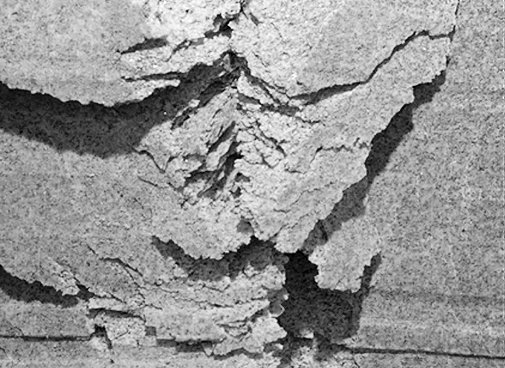Skip to content

- Introduction. Definitions. The rock as a continuous and discontinuous medium. Rock mass. Rock mechanics and geotechnical engineering. Applications in civil and mining works.
- Basic engineering mechanics. Rock stress. Natural stress field. Rock deformation. Stress – strain relations.
- Physical properties of rock and laboratory determination.
- Uniaxial compression of intact rock: uniaxial compression test. Indirect assessment of uniaxial compressive strength (point load test, Schmidt hammer rebound index, other indirect tests).
- Triaxial compressive strength: Conventional triaxial compression test. True triaxial test. Mechanical behaviour of rock in triaxial compression. Failure criteria.
- Tensile strength of rock. Direct and indirect tests.
- Dynamic rock behavior.
- Shear strength of rock discontinuities: Friction resistance, roughness, persistence effect. Laboratory and in situ shear test. Empirical criteria of discontinuities’ shear strength. Shear strength of filled discontinuities. Shear strength of rock plane with non-persistent discontinuities.
- Rock mass mechanical behavior: Rock mass structure. Discontinuities. Rock mass classifications – empirical determination of mechanical rock mass properties. Failure criteria. In situ testing.
- Rock slopes stability analysis: Failure mechanisms. Plane failure: factor of safety (F.S.) computation, effect of groundwater, effect of discontinuities’ roughness. Tensile cracks. Effect of seismic loading. Stabilization – reinforcement against plane failure. Wedge failure: kinematic conditions, FS computation. Sliding on a curved surface: Hoek – Bray diagrams, analytical determination of FS – methods of slices (Fellenius, Bishop, Janbu). Rock slope stability according to Eurocode 7. Rock toppling.
- Basic principles of stability analysis of underground excavations.
The above modules are supplemented by practice exercises, presentation and execution of laboratory tests and use of specialized geotechnical software.




